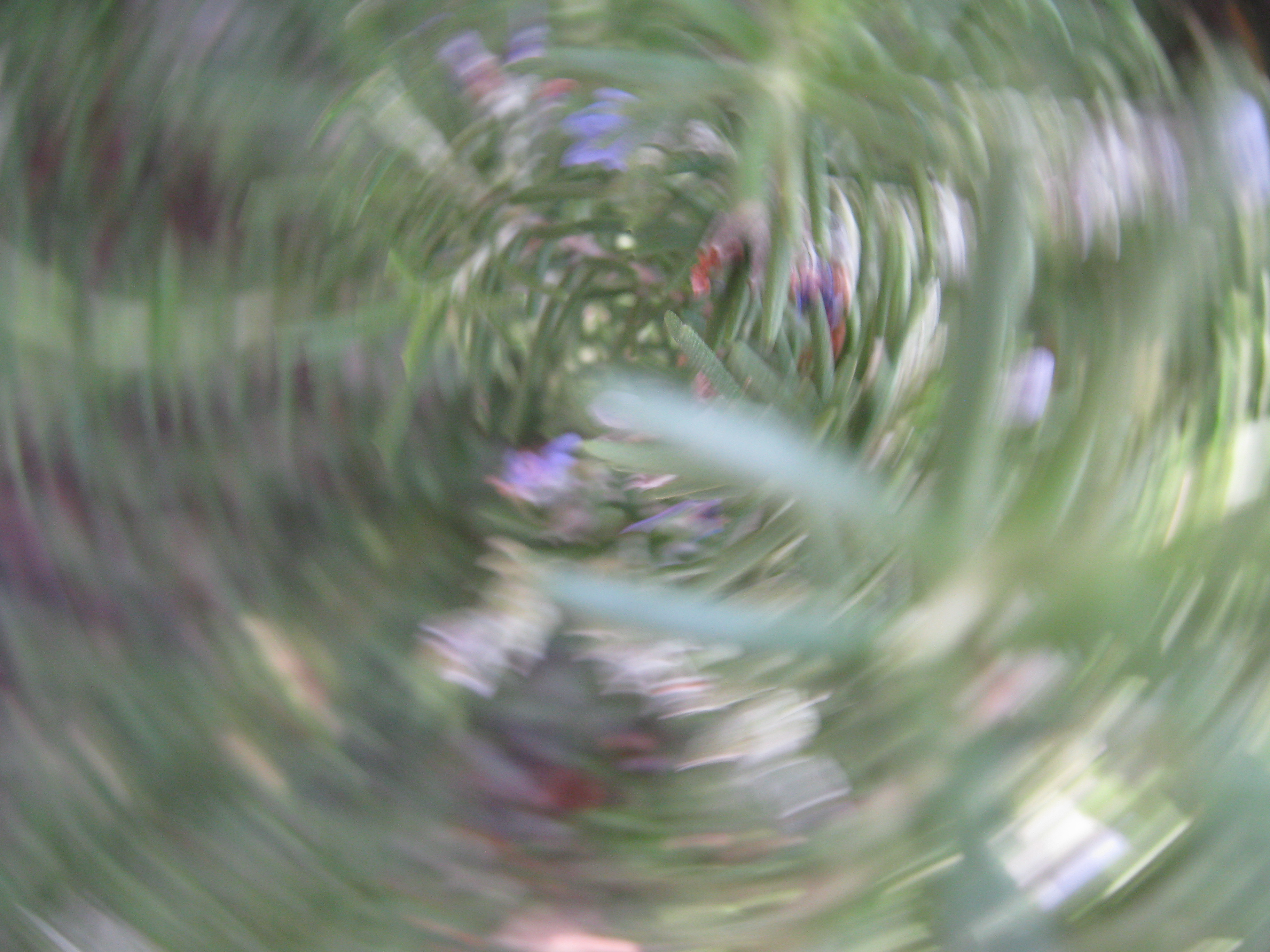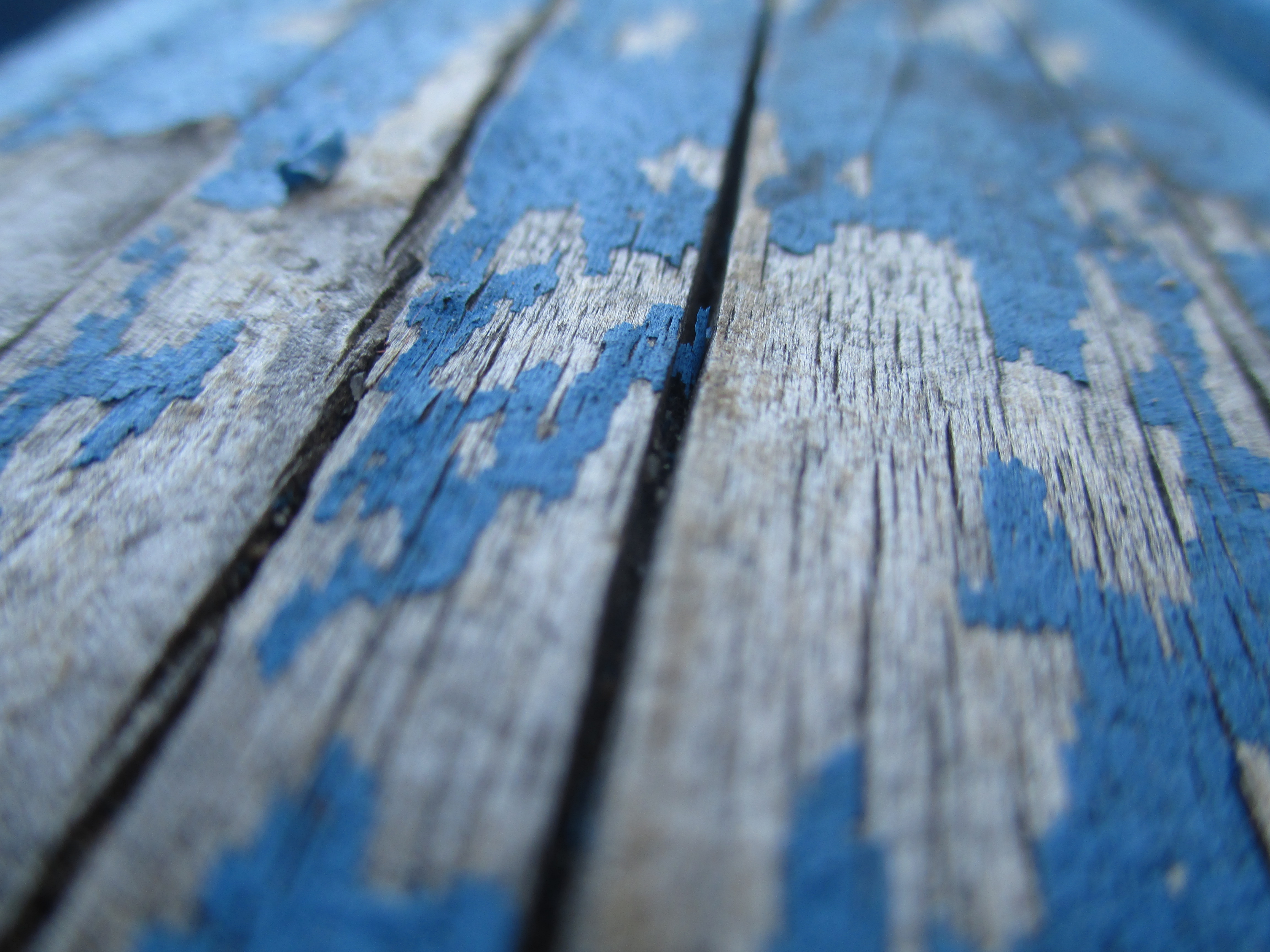As part of the Speak City Heights collaborative, City Heights youth continue to explore their environment through The AjA Project’s PhotoCity classes at local schools. PhotoCity uses photography programming to help youth understand how issues in their community impact them and advocate for change.
At Crawford High School, students are focusing their photography on examining the social opportunities available to them within their community. One student, Freddy, 15, says a lack of positive spaces to convene in contributes to trends in the community that, as Freddy puts it, “can drive you slightly mad.” For instance, he said crime can breed more crime when youth don’t see other opportunities.
“You can fix the issue by giving teens more places to go to, such as parks, community centers, etc., and keep them out of trouble,” Freddy said.
Many of AjA’s students have lived in City Heights for most of their lives; their community has played a large part in shaping their identities and opinions. City Heights is their home. Just like any of us, they see improvements that could be made and seek those improvements to make their community even stronger. Their PhotoCity projects demonstrate that they are hopeful for positive change within their community.

“I wanted it to represent something you’d see from ‘Alice in Wonderland.’ To show that it can make you crazy and not see things straight. And once you become crazy it leads to doing stupid things. I feel that some of the things you see happen in this community can drive you slightly mad.” – Freddy
For her project Alex, 17, reflects on how public spaces can encourage socializing.

“When you sit on a bench you just look around see the world more as you sit down and look. But when someone sits next to you, you start warming up or talking to the person next to you. A friendship sparks. If we had more and newer benches we could have more friendships around. We could have more rest stops…to relax and let yourself go.” -Alex
Hawa, 18, sees her photograph as a representation of the innerconnectedness of her community.

“It show how everyone are connect together. It feel like we are one and we all care about each other.” -Hawa
For more about The AjA Project, visit www.ajaproject.org.

